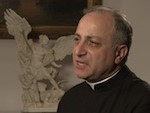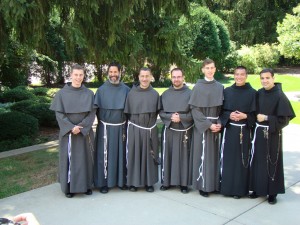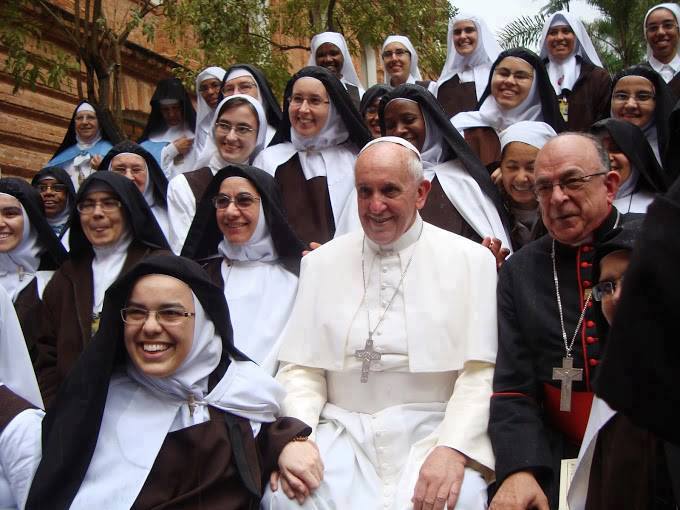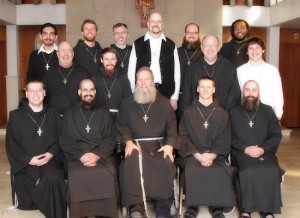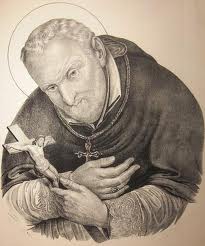 August 20th is the Feast Day of St. Bernard of Clairvaux and this year the Cistercians are celebrating an extra-special anniversary for 2013 is the 900th centenary of St. Bernard’s entrance into Citeaux, the Motherhouse of the Cistercians. The date of his entry was either 1112 or 1113 so for the past year the Cistercians have been commemorating this anniversary with a daily prayer for vocations.
August 20th is the Feast Day of St. Bernard of Clairvaux and this year the Cistercians are celebrating an extra-special anniversary for 2013 is the 900th centenary of St. Bernard’s entrance into Citeaux, the Motherhouse of the Cistercians. The date of his entry was either 1112 or 1113 so for the past year the Cistercians have been commemorating this anniversary with a daily prayer for vocations.

Cîteaux Abbey was founded in 1098 by Sts. Robert, Alberic and Stephen Harding, monks from the Benedictine Abbey of Molesme who were seeking to follow the Rule of St. Benedict more closely. St. Bruno also resided in the vicinity of Molesme around the same time (1082) but he left to become the founder of the Carthusians.
When St. Bernard arrived at Citeaux, which hadn’t had a vocation in some time, there were thirty men with him, including his uncle and four of his brothers! When he was only in his twenties, he established a new Cistercian abbey in the Valley of Light or Clairvaux. At the time of his death, 700 men resided at Clairvaux and 68 new abbeys had been founded by him. What a difference one Cistercian made in the life of the Church!
So let us join the Cistercians today and pray their prayer for vocations:
Most gracious Father,
in setting up the New Monastery our fathers followed the poor Christ into the desert.
Thus they lived the Gospel by rediscovering the Rule of Saint Benedict in its purity.
You gave Bernard of Fontaine the ability
to make this new life attractive and appealing to others,
in the joy of the Holy Spirit.
Grant that we today, after their example,
may live our charism deeply in a spirit of peace, unity, humility,
and above all, in the charity which surpasses all other gifts.
May men and women of our time be newly called to follow the Gospel in monastic life,
in the service of the Church’s mission, and in a world forgetful of You.
Remember Lord, Cîteaux, where Bernard arrived with his companions.
May the brothers there continue to live in the enthusiastic and generative spirit of the founders.
Remember all who live the Cistercian charism.
Remember all Cistercian communities, those which are aging and those newly-born,
in all parts of the world, north and south, east and west.
Let them not lose courage in times of trial,
but turn to her whom Bernard called the Star of the Sea.
Holy Father, from whom we have already received so much,
grant us again your blessing that our communities may grow in numbers,
but above all in grace and in wisdom, to your glory,
who are blessed for ever and ever.
Amen.

